URS Corp Ltd v BDW Trading Ltd
Citation: [2023] EWCA Civ 189
Abstract
In negligence claims arising out of the building of blocks of flats, the court granted permission to the appellant structural engineers to appeal decisions allowing the respondent developers to make amendments to their pleadings. It also determined that that appeal should be heard together with their earlier appeal against a decision on preliminary issues since both appeals were closely intertwined.
Summary of Facts
The appellant structural engineers appealed against a decision on preliminary issues as to the scope of their duty of care in respect of their structural design work for blocks of flats built by the respondent developers.
The respondents had engaged the appellants to carry out structural design work for blocks of flats that they were building between about 2005 and 2012. In late 2019, whilst carrying out investigations into the safety of one of those blocks, the respondents noticed signs of what they considered to be structural defects. It was the respondents’ case that the same or similar defects were also discovered in some of the other blocks, and that the defects were due to the appellants’ negligent design. When the defects came to light, the respondents no longer owned the buildings but maintained that they remained liable to the occupiers under the sale contracts for the individual units. The respondents sought to recover, inter alia, the cost of remedial works. The appellants’ underlying position was that any cause of action in tort accrued to the respondents in 2019 when they discovered that the design was allegedly defective. By that time the respondents no longer had a proprietary interest in the buildings, had no obligation to rectify the defects, and no liability to third parties because of limitation, the cause of action accrued at a time when no loss had been or could have been suffered by the respondents.
On a trial of the preliminary issues, it was determined that, with some exceptions, the scope of the appellants’ duty of care extended to the alleged losses, and that those losses were in principle recoverable. It was found that the respondents’ cause of action accrued no later than the date of practical completion of each of the blocks, and not at a later date.
Following the appellants being granted permission to appeal that decision (the first appeal), the Building Safety Act 2022 came into force. In accordance with the new limitation periods in s.135 of the 2022 Act, the respondents maintained that they could now pursue a claim against the appellants under the Defective Premises Act 1972, a claim which had not previously been made. The respondents were granted permission to amend their pleadings accordingly.
Two disputes arose between the parties in advance of the first appeal, and the instant court heard arguments on whether (i) as a result of the 2022 Act the first appeal had been rendered academic; and (ii) the appellants should be given permission to appeal the decisions which allowed the amendments.
Held – Coulson LJ
Judgment accordingly.
First appeal – The first appeal could not fairly be regarded as academic. Whether or not the appeal would ultimately be found to be so would depend on the detailed arguments advanced, and there was in any event a major and freestanding dispute because of the possible scope and application of s.135 of the 2022 Act. It was not for a single Lord or Lady Justice of Appeal at an interlocutory hearing to decide substantive matters which could be relevant to the outcome of a forthcoming appeal (see paras 12-15 of judgment).
Permission to appeal the decisions allowing the amendments – The court granted permission to appeal in respect of the orders allowing the amendments. That second appeal was to be heard at the same time as the first appeal. The court declined to say whether or not, pursuant to CPR r.52.6(1)(a), the appellants had a real prospect of success in appealing the orders. However, it was firmly of the view that, irrespective of r.52.6(1)(a), it was one of those unusual situations where, pursuant to r.52.6(1)(b), “there is some other compelling reason for the appeal to be heard”. The second appeal was closely entwined with the first appeal. It was entirely appropriate to order a second appeal between the same parties, to be heard at the same time as the first appeal, in circumstances where the issues that arose in the second were so closely related to the issues that arose in the first. There was a risk of detriment to the appellants if the amendments were allowed to stand. Finally, both appeals concerned potential issues that arose out of s.135 (and possibly other parts) of the 2022 Act. The section was novel, and the issues to which it gave rise had never been considered before. Depending on the precise issues which arose on the appeals, some appellate guidance could be helpful (paras 16-23).
Lucy Garrett KC and John McMillan acted for the Respondent.
The appeal decisions is available here.


